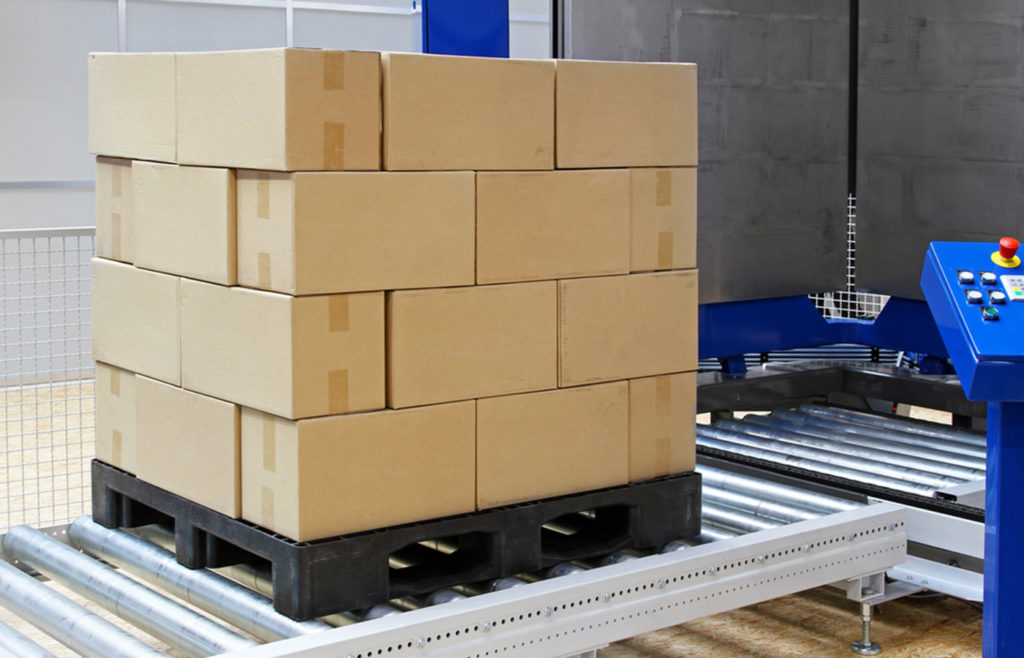
Is Your Shipping Shipshape?
A packaging assessment can help you find savings for your company.
It’s 2017. We have amazing apps at our fingertips offering countless items and services on demand, and it’s so easy to just click and buy. Yet many companies are still packaging and shipping their products like its 1999!
“These days everyone wants everything immediately and in great condition, but a lot of companies are continuing to package and ship things the way they always have. And that’s not working efficiently for them anymore,” explains Greg Alvarado, a packaging engineer with Millcraft, a paper and packaging distributor.
The growing role of eCommerce, the increased demand for more sustainable options, and the availability of advanced technology are some of the factors that are significantly affecting packaging operations today. As packaging and shipping needs continue to evolve in the next five to 10 years, companies may require new materials, box configurations, and equipment to compete. Savvy companies are continually looking outside the box—and inside the box—for better ways to package their products for shipment. If you haven’t pondered your company’s packaging processes and assessed your needs recently, a packaging engineer or packaging consultant can show you how to optimize your options and create efficiencies.
“Improving packaging not only saves your company money, but it can also provide greater efficiency, better product protection, and a reduced carbon footprint,” Alvarado says.
eCommerce
One of the biggest changes Alvarado sees among his customers is the increasing need for individual shipping. “A lot of companies that we work with have primarily done bulk shipments to retail warehouses or distribution centers in the past. But the internet marketplace—Amazon, eBay, Walmart—is changing the way consumers shop,” he says. Consequently, more manufacturing companies are shipping products directly to the individual end users, and different distribution requires different packaging because industrial bulk packaging is not optimal for individual packaging. “We can offer solutions that are more efficient, ergonomic, and affordable while providing greater product protection,” Alvarado explains.
Note that the demand for individual shipping will likely continue growing along with the growth in eCommerce. According to Forrester Research, online retail sales are projected to surpass traditional sales for at least several years, and the research firm predicts that online retail sales will reach $370 billion this year.
Sustainability
In January 2017, San Francisco became the latest in a growing list of cities prohibiting the sale of polystyrene packing materials. More than 100 cities, including New York City and Washington, DC, have banned or restricted polystyrene and other petroleum-based packing products because of their adverse environmental properties.
As our environmental status becomes more precarious, an emphasis on greener alternatives will continue to be required, increasing the demand for more sustainable packaging that is made from renewable resources and is readily recyclable and compostable.
Alvarado says Storopack, a global packaging company, for example, offers many eco-friendly options, including their own paper packaging systems that produce cost-effective, protective packing materials for a variety of applications.
“They have packaging machines that crimp and shape paper in various configurations depending on your specific packaging needs—everything from strong durable paper padding to the multi-layer paper void fill,” explains Alvarado. “And you don’t have to worry about environmental restrictions regardless of where you’re shipping.”
Technology
Determining the best way to get product from point A to point B damage-free and cost-efficiently is Alvarado’s objective when he’s assessing packaging needs. He looks for ways to save time and money without compromising product protection. Often, the best way involves purchasing new, more advanced equipment. “Corrugated case erectors and carton sealers can get the work done faster and more ergonomically, require less space and less labor, use less tape, and offer better closure. The right equipment can save time and offer better product protection. But every operation is different,” Alvarado says, “so we prefer to schedule a plant review [with clients] and offer customized solutions.”
Adam Meyer, an equipment specialist for Millcraft, has been reviewing manufacturing plants and helping them optimize their equipment for more than 35 years. He has seen the cost of technology decrease dramatically. “Often, a repetitive, mundane task can be accomplished better through automation. When given the chance for plant review, I can see firsthand where automation can save labor and materials costs, and then I make the appropriate recommendations [to clients]. It’s important for companies to realize that if they don’t automate, they’re not going to stay competitive,” he says. “Someone else will find a better way to do it.”
With the rapidly changing marketplace and the availability of new products and technology, companies need to continually assess their packaging needs.
“With all the changes coming, I like to evaluate my customers’ needs at least on a yearly basis, so that we can identify areas for improvement and cost-saving opportunities on a timely basis. New products and high-performance packaging are coming out every year, often with lower costs,” Alvarado says.
By Lorrie Bryan